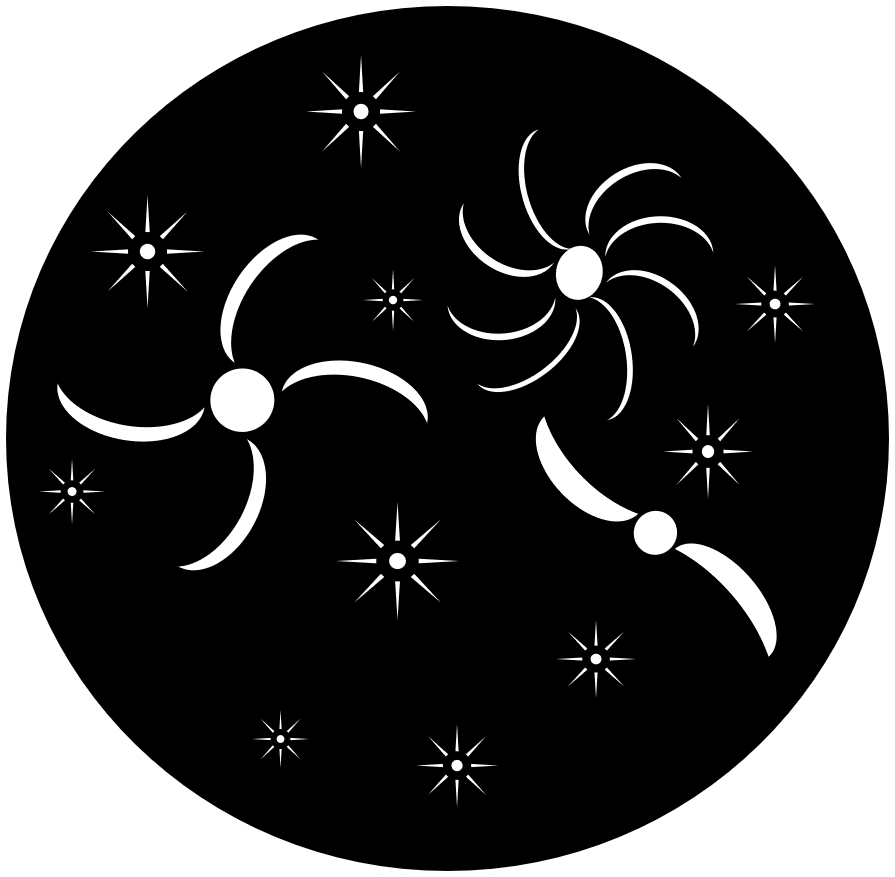
Before I read Little House on the Prairie, which I credit with beginning me on a path to avid readership, and before I read The Lord of the Rings, which introduced me to the fantasy genre and all of its wonders, I read almost exclusively nonfiction, and this pre-second grade me had three favorite nonfiction books which I read repeatedly: How Things Work, How New Things Work, and Batteries Bulbs and Wires. Full of diagrams, exploded isometric drawings (not that I knew that terminology at the time), and cut-away views of complex machines that broke those machines down into fundamental components of wheels, levers, inclined planes, and other “simple machines,” I kept returning to these books even after I discovered the fantasy genre. Indeed, I still have them these many years later, sitting, a little ragged, on one of my bookshelves.
Reading Nuts and Bolts was a little like reading the grownup version of my early favorites. In it, Agrawal is doing what thinkers since at least the ancient Greeks did: attempt to break down complex technology into fundamental building blocks, “simple machines,” although the designation of the six simple machines with which you may be familiar came about in the Renaissance. The inclined plane, the lever, the wheel, the pulley, the wedge, and the screw are the classic six, considered elements that can alter the direction or the magnitude of a force, or, more directly, that can implement mechanical advantage. They’ve fallen somewhat out of favor in recent years, so I was pleased to see Agrawal attempting a modern take. Her list is a little different from the classic six.
Some of her changes, like including magnets in her treatment, are brilliant. The exact terminology involved may not be perfect, since she is using magnets as a shorthand to refer to everything that humanity now does with the electromagnetic spectrum, from compasses to computers to lasers and radio, but the concept is an outstanding update to the simple machine concept. If simple machines are supposed to be the building blocks of technology, then surely we need at least one representative from electrical engineering to join the mechanical pantheon. They may not have the same association with the concept of mechanical advantage, but they are still manipulating force and energy to achieve a result. Recently, I heard someone describe electricity as “a magic system that does one thing that humanity has figured out how to use in a million different ways,” which is a fantastic way of looking both at electrical engineering and at designing magic systems for stories.
Other additions, like the spring or the string, are equally insightful, as fundamental in their ways as the pulley or the wheel, and Agrawal’s insights in including them are perspicacious. They help compensate for other additions she makes, like the pump, which are rather less fundamental than I would consider appropriate for the type of list she is seeking to create (all of the pumps that she describes are amalgamations of other simple machines dedicated to the task of moving fluid). She fills her book with history and heritage for each of the machines she identifies, which I always appreciate learning, although I think the book could have benefited from a few more diagrams and more time spent digging into the function of each machine.
Within her discussion of machines, Agrawal tends to philosophize about the history of invention and the morality of engineering. Her social historical commentary is rather lacking in nuance and insight compared to her engineering understanding. As for her engineering morality, it suggests that the inventor or engineer should hold themselves responsible for all of the possible implications, no matter how removed, of their devices. This might seem reasonable enough, that we should think about where the materials are coming from and so forth, but the end result suggests that engineers should consider themselves morally responsible for the actions of everyone who might ever use their device, which becomes problematic. In other words, she failed to consider edge cases in developing her philosophy. Still, she keeps these sidebars relatively contained, and they did not significantly detract from the quality of the book’s engineering analysis.
Technology development these days can so often consist of slapping some servomotors and sensors together with a microcontroller and a few lines of code that it is too easy to forget the fundamental components that go into making those systems function. Simple machines offer a way of thinking about engineering at a more fundamental level, rather than a systems engineering approach, and Agrawal’s book is an insightful, modern iteration of that idea, giving us new building blocks for the current age. Nuts and Bolts is not an ultimate list, and it could dig deeper into the mechanical functioning of the identified machines, but it is still a worthwhile read for those of us who are always taking things apart, putting them back together, and wondering just how things work.
